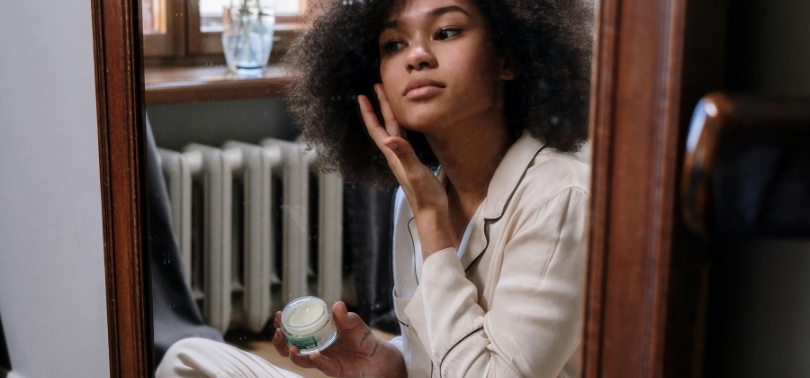We all want glowing skin, but at what cost? The skincare industry has boomed in recent years, offering an endless array of serums, cleansers, and creams promising flawless results. But beneath the glossy marketing and influencer hype lies an inconvenient truth: the beauty industry is drowning in plastic waste. With excessive packaging, disposable applicators, and an obsession with “more,” our quest for perfect skin is leaving a lasting mark on the planet. It’s time to rethink our approach to beauty and embrace sustainability in skincare.
The Consumerism Trap: More Isn’t Always Better
The beauty industry thrives on trends. New “must-have” products appear every season, convincing consumers that their skincare routine is incomplete without the latest miracle ingredient. This constant cycle of consumption leads to unnecessary purchases, many of which end up half-used and eventually discarded. Not only does this contribute to excessive waste, but it also fuels an unsustainable demand for resources. A minimalist, mindful approach to skincare—focusing on quality over quantity—could be the first step toward a more sustainable beauty routine.
The Plastic Epidemic: Packaging Overkill
Take a look at your skincare shelf—how much of it is plastic? From bottles to pumps, jars to tubes, the beauty industry is one of the biggest contributors to single-use plastic waste. Worse still, many of these plastics are difficult to recycle due to mixed materials or small components that get lost in the recycling process. This means that the majority of skincare packaging ends up in landfills or the ocean, polluting ecosystems for centuries. Brands need to step up by adopting refillable, biodegradable, or recyclable packaging solutions, and consumers must demand better options.
Greenwashing: The Illusion of Sustainability
Many beauty brands slap “eco-friendly” labels on their products, but how much of it is actually sustainable? The rise of greenwashing—where companies exaggerate or falsely claim environmental benefits—makes it difficult for consumers to make informed choices. Terms like “natural,” “organic,” and “clean beauty” sound great but don’t always guarantee sustainability. True sustainable skincare goes beyond ingredients; it considers the entire product lifecycle, from sourcing to disposal. Reading between the marketing buzzwords and supporting genuinely sustainable brands is key.
The Shift Towards Refillable and Zero-Waste Skincare
A growing number of brands are embracing sustainability by offering refill stations, solid bars, and reusable packaging. These alternatives cut down on plastic waste and encourage a more conscious consumption pattern. Solid cleansers, glass or aluminum containers, and subscription-based refills are slowly gaining traction, proving that beauty doesn’t have to come at the expense of the environment. The more consumers support such initiatives, the faster the industry will shift towards a truly sustainable model.
Conclusion: Rethinking Beauty for a Greener Future
Sustainable skincare isn’t just a trend—it’s a necessity. As consumers, we have the power to demand better from brands, reduce our own waste, and make choices that align with a healthier planet. Small changes, like choosing plastic-free packaging, supporting refillable options, and resisting the urge to overconsume, can make a significant difference. Beauty should make us feel good—not at the cost of the environment.

